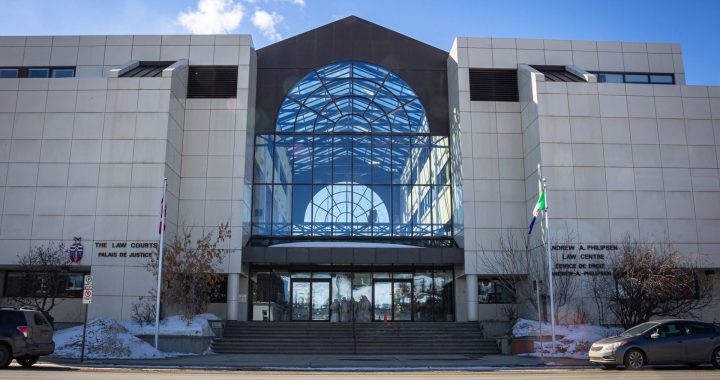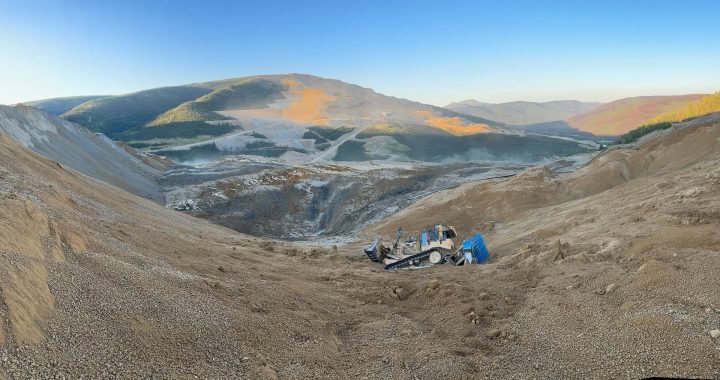By Kathleen Martens
APTN Investigates
Aboriginal women say their voices in combatting the sex trade are being silenced – on both sides of the Canada-U.S. border.
The complaint comes from members of national and international anti-sex trafficking groups like Sex Trafficking Survivors United.
“Survivors are very tired of being used as a dramatic story and a resource to make the point so some (non-Aboriginal) organization can raise funds,” says Sandi Pierce, an independent researcher and consultant to the Minnesota Indian Women’s Resource Centre in Minneapolis, Minn.
“(They’re) really, really angry about it.”
Pierce says the problem has been getting worse since politicians began targeting this violent yet lucrative crime. Funding is being directed to mainstream agencies that offer counselling and shelter to oppressed women.
The result is non-Aboriginal groups and counsellors working with Aboriginal girls and women, who make up the majority of victims and survivors involved in sex trafficking.
That not only smacks of more colonialism, says survivor Christine Stark of Minneapolis, but robs the victims of empathy and understanding from someone who’s walked in their shoes.
“I gave a talk in Chicago, and a (non-Aboriginal woman counselling victims) told me I’d done a good job… she didn’t think (survivors) could tie their own shoes.”
Statistics generated in Minnesota and Canada show Aboriginal people represent a small portion of the overall population but a majority of victims in the sex trade.
Pierce recently updated original data she published in Minnesota in 2008 and was shocked by the results, finding that 48 per cent of Aboriginal girls under 21 personally knew at least one pimp in their social circle, about a quarter had already been trafficked, and more than a third had a family member who was a pimp or a prostituted person or both.
“I was crying by the time I was done because I wanted to think it’s not that big a problem,” the Seneca woman tells APTN Investigates. “I was blown away.”
Pierce survived trafficking and now works to expose risk factors, as well as exchange information with survivor-led groups in Canada, Asia and Europe.
Crunching the numbers from another survey, she found that American Indian girls were double to triple the rate on every single risk factor for trafficking statewide due to poverty, a history of abuse, and the link to residential schools.
That shows survivor- and Aboriginal-led intervention is needed.
Yet in Duluth, Minn., for example, Pierce says, “there is a major white women’s organization that is getting the lead but the Indian women are being drowned out… the money is all going through them.”
Natasha Falle of Sextrade 101 in Toronto also survived being trafficked by a pimp. She is now a professor at Humber College in Ontario where she makes people on the frontlines – like police officers – aware of the issues behind the girls on the street.
“Pimps are going into Native communities and recruiting young girls, where the girls have never been exposed to anyone like this,” she said. “These guys know it, they know that these young girls are vulnerable, they know what their life experiences have been like, they know and they’re preying on those vulnerabilities.”
Falle says Sextrade 101 is a small group that tries to support Aboriginal communities, educate leaders and families, and explain what victims need to watch out for.
But she says they are outnumbered by non-survivor coalitions.
“You know, it’s horrible… How are you going to talk about the issues we face and not even have us fairly represented?” she wonders.
“We’re OK if we’re broken, but as soon as we exert any kind of strength then we’re troublemakers.”













“We’re OK if we’re broken but as soon as we exert any kind of strength then we’re troublemakers.”
This sound’s and look’s like the sort of exploitation, that can be “swept under the table”, hidden away easily and as such, reek’s of cowardly and dishonorable complicity with pimp’s and john’s and all the others ringing $ money out of using young naive children.
Just another pimp actually, only all cleaned up having social status and a bit higher in the food chain.